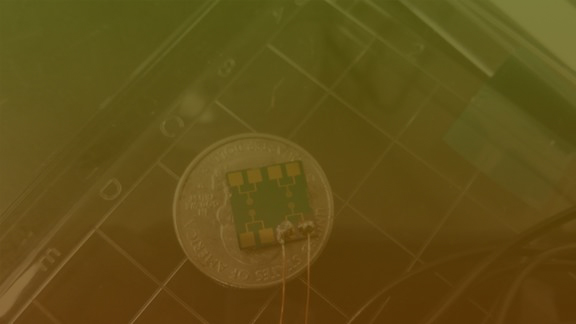Collecting resources in nano-sized factories targeted for biotech

The lab of Cheryl Kerfeld at Michigan State University has created a synthetic nano-sized factory, based on natural ones found in bacteria. This research could someday lead to new medical, industrial or bioenergy applications.
The new study is published in Metabolic Engineering.
Natural nanofactories are found in bacteria all over the planet. Some make nutrients. Others sequester toxic materials that would otherwise make the bacteria sick—or even die.
But all factories share a common exterior, a shell made of protein tiles. Scientists want to design new factories, based on those found in bacteria naturally, for use in biotechnology.
One way to direct useful enzymes to these factories is by physically attaching them to the tail ends of the proteins that make up the factory shells. But there is a catch.
The ends, or termini, of most shell protein tiles face the outside of a factory. So any molecules fused to the protein ends will end up on the outside surface and not the inside. This is a problem if the goal is to keep one or more enzymes inside a factory separated from the rest of the cell.
"In order to send proteins to the inside of the factory, we needed a new kind of building block that still assembled into shells," said Bryan Ferlez, a post doctorate researcher in the Kerfeld lab. "We aimed to redesign a shell protein so its termini face the inside. The end result is that cargo connected to this shell protein would also end up inside the shell."
In the new study, the scientists take the most abundant shell protein, called BMC-H, and turn it 'inside-out' through a technique called circular permutation.
They shuffle segments of the the amino acid sequence and glue the original ends together. They then introduce new termini on the inner face of the protein. The result is a new, synthetic shell protein that looks almost identical to its natural counterpart. Except now, both new ends face the inside of the shell.
The new structure is a usable building block to construct factory shells. The scientists have successfully produced factory shells, with the new protein. They are similar in size and appearance to the original shells.
The new structure can incorporate molecules inside the shell. The team tested the concept by fusing a fluorescent cargo protein to the new BMC-H protein. Microscopy and biochemical testing show the cargo on the inside of the shell.
Scientists can control the amount of cargo imported into the new structure.
"By making more or less of the new BMC-H protein with a fluorescent protein fused to its terminus, we were also able to control the amount of cargo that incorporates into the shell," Ferlez said.
Next, Ferlez wants to target "useful" molecules into a synthetic factory made with the new shell protein.
"We can start to build metabolic pathways, or assembly lines, and define the amounts and locations of enzymes within these nanofactories. Someday, we could use this system to enhance the production of rubber, biofuels, and other commodities," Ferlez explained.





